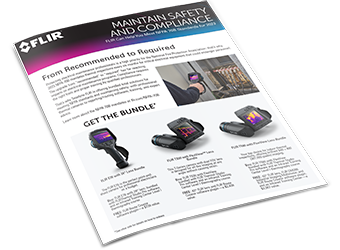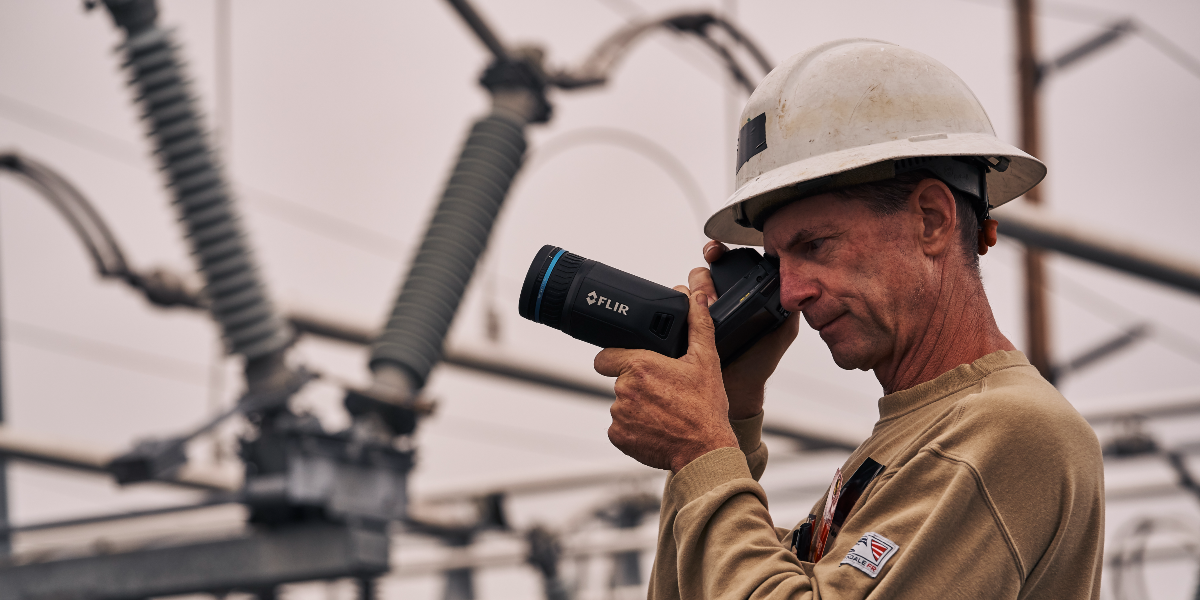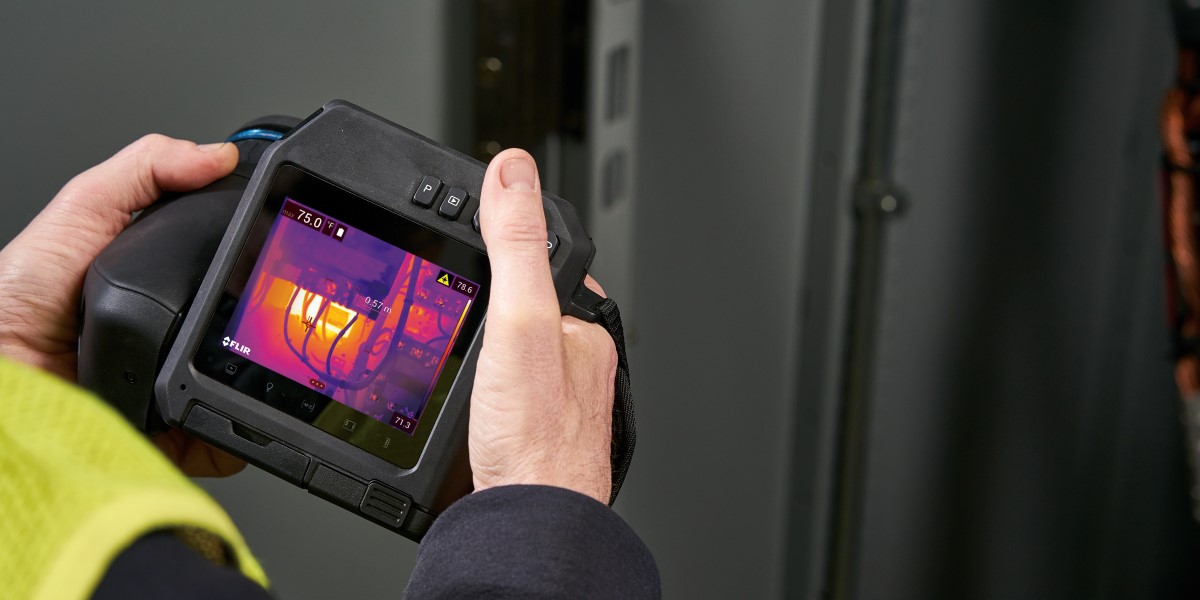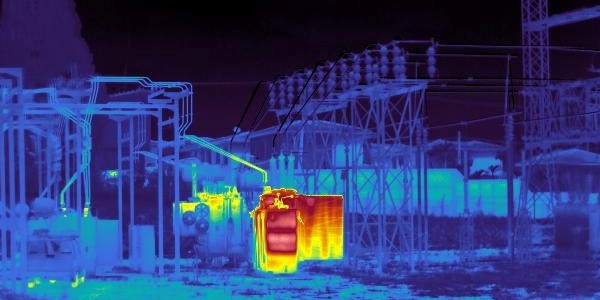How to Document Thermography Inspection Findings Within NFPA 70B 2023
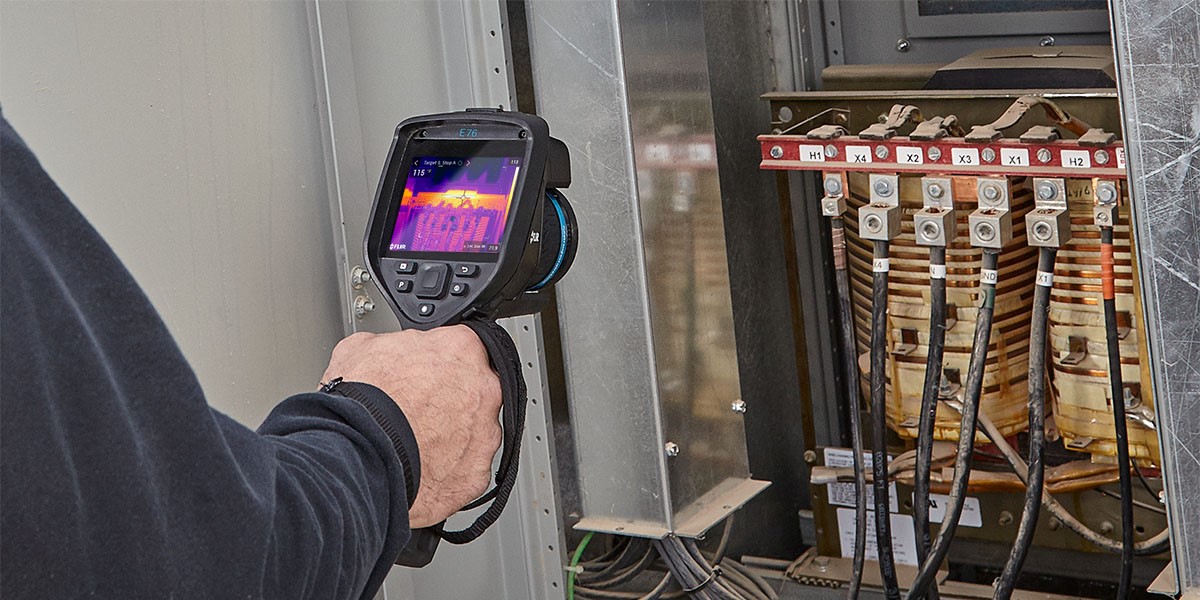
In the previous post from our ongoing series covering the changes to the NFPA 70B 2023 concerning thermography, we looked at requirements for measuring Delta T (section 7.4) as part of creating an effective electrical preventive maintenance (EPM) program. This post specifically looks at the guidance pertaining to documenting thermography inspection findings from a condition assessment and ensuring that noted changes in condition are properly recorded.
In addition to offering guidance on detecting Delta T, the NFPA 70b 2023 is also explicit in requiring inspectors to provide effective documentation, stating “temperature differences between the area of concern and the reference area shall be documented,” (Section 7.4.3).
Not only is documentation critical to creating an effective EPM program, it also ensures that differences recorded between inspections over time are properly accounted for. For example, if an inspection cannot be performed at normal circuit loading, inspectors should at minimum “inspect at no less than 40 percent of normal circuit loading” (7.4.5), and then those “circuit loading characteristics shall be documented, and retained for future reference” (7.4.6).
![]()
How FLIR Can Help You Meet NFPA 70B
See the FLIR products that can help keep you safe—plus get great savings on all the tools you need to remain in compliance with NFPA 70B 2023.
Guidance for Routine Thermography Maintenance Inspections
The NFPA 70B 2023 update also outlines recommendations for best practices in the absence of a given manufacturer's guidelines, allowing that “failure, breakdown, or malfunction of the equipment will present an unacceptable risk for personnel or the environment,” (9.2.2). Here, the document provides a helpful table clarifying that all equipment designated for thermal inspection, regardless of condition, should be inspected at least once every 12 months. In the event a piece of equipment or component falls under “Condition 3,” requiring the most urgent attention, that equipment should be inspected every six months.
Section 9.1.3.1, defines “Condition 3” through the following criteria:
- The equipment has missed the last two successive maintenance cycles in accordance with the EMP.
- The previous two maintenance cycles have revealed issues requiring the repair or replacement of major equipment components.
- There is an active or unaddressed notification from the continuous monitoring system.
- There are urgent actions identified from predictive techniques.
For context, “Condition 1” is defined as essentially a new asset, one that is in the best physical condition it could possibly be. The guidance states that “Condition 2” equipment concerns those assets that were noted to have problems in previous condition assessments; but unlike Condition 3, Condition 2 assets have not required repairs during the past two previous maintenance cycles.
Also noted in the table in Chapter 9, for those assets deemed “Condition 1” or “Condition 2,” inspectors can maintain a regular cadence of inspection every 12 months, or as stipulated by the prevailing guidelines offered by the respective manufacturer, should they be readily available or otherwise accessible.
Creating Test Records
The NFPA 70B 2023 update also includes guidance for the creation of test records, which are required for all field tests of electrical equipment.
Section 8.6.2 states:
Test records shall contain the following minimum information:
- Identification of the testing person and organization
- Identification of the equipment under test
- Nameplate or label data from the equipment under test
- Environmental conditions, such as humidity and temperature, that could affect the results of the tests or calibrations
- Date of the test
- Indication of test performed
- Indication of pass/fail criteria, where applicable
- Indication of as-found and as-left test results, where applicable
- Test operator’s comments or recommendations, where applicable
Putting NFPA 70B 2023 Into Action
Now that we know both the Delta T inspection requirements for thermography as well as the documentation rules, our next post will examine specific thermography tools, both inspection hardware and software, that can help put an NFPA 70B 2023-compliant EPM program into action.
For more details regarding specific thermal imaging recommendations in NFPA 70B 2023, read our informational article.
For more details on the requirement for PD testing in NFPA 70B, read our article on Partial Discharge testing.
Review the specific thermography regulations within NFPA 70B
Learn how to document thermal inspections findings.
And for a more thorough discussion including a Q&A session, watch an Infrared Training Center webinar on NFPA 70B recommendations
Contact your local FLIR sales manager
